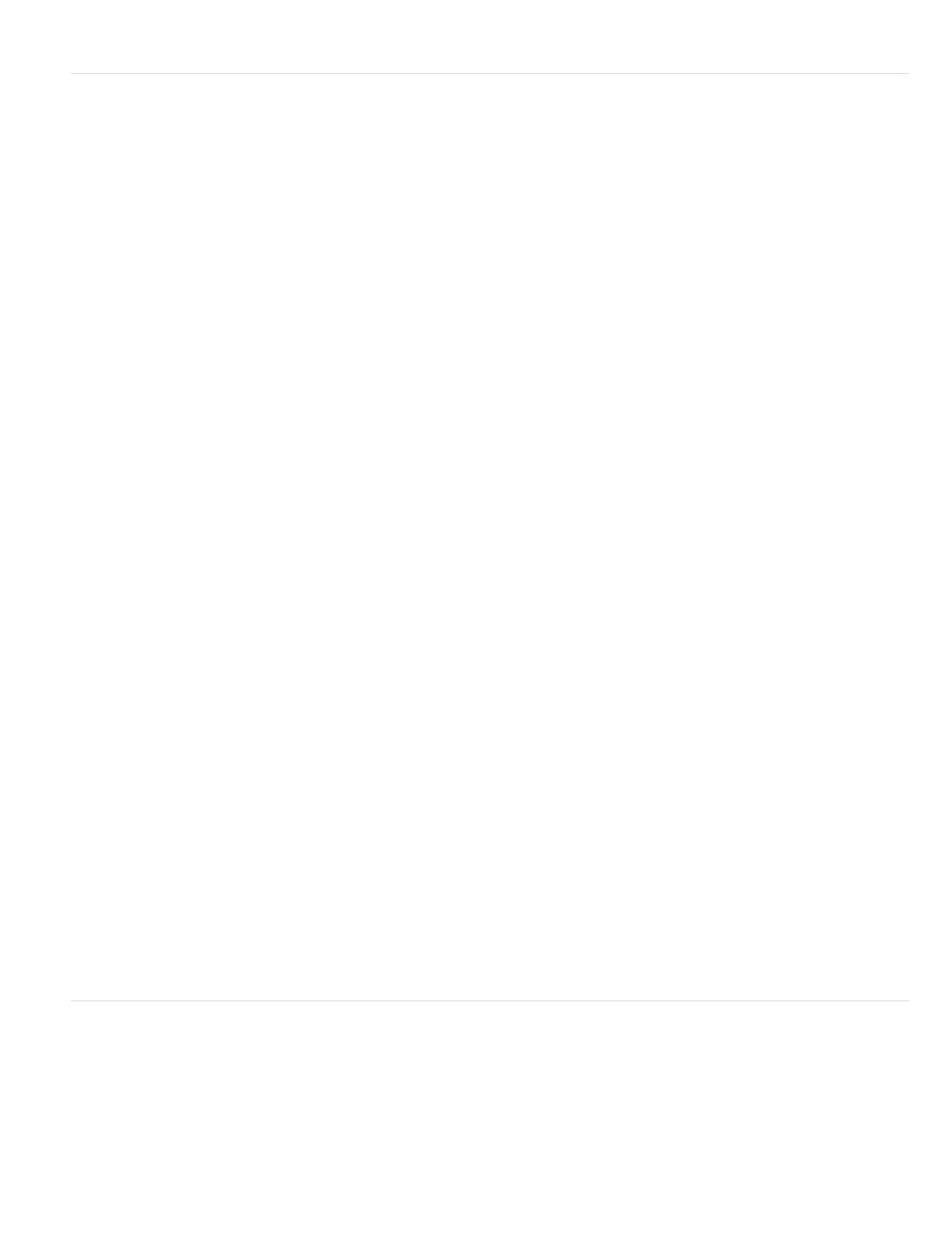Epub images options epub contents options, Epub images options, Epub contents options – Adobe InDesign User Manual
Page 699

Preserve Appearance from Layout
Resolution (ppi)
Image Size
Image Alignment and Spacing
Insert Page Break
Settings Apply to Anchored Objects
Image Conversion
GIF Options (Palette)
JPEG Options (Image Quality)
JPEG Options (Format Method)
Ignore Object Conversion Settings
Format For EPUB Content
EPUB Images options
The Images section of the Digital Editions Export Options dialog box includes the following options. From the Image Conversion menu, determine
how images are exported to HTML.
Check to inherit the image object attributes from the layout.
Specify the resolution of the images in pixels per inch (ppi). While operating systems have standardized on either 72 ppi or 96
ppi, mobile devices range from 132 ppi (iPad), to 172 ppi (Sony Reader), to over 300 ppi (iPhone 4). You can specify a ppi value for each object
selected. Values include 72, 96, 150 (average for all eBook devices today), and 300.
Specify if image size must remain fixed or resized relative to the page. Relative to Page Size sets a relative percentage value based
on the size of the image relative to the InDesign page width. This option causes the images to rescale proportionally, relative to the width of the
reading area.
Specify the image alignment, left, center, right, and the top and bottom padding.
Check to insert page breaks with images. Page breaks can be inserted Before Image, After Image, or Before and After Image.
Check to apply these settings to all anchored objects.
Lets you choose whether the optimized images in your document are converted to GIF, JPEG, or PNG. Choose Automatic to
let InDesign decide which format to use in each instance. Choosing PNG disables the image compression settings.; use PNG for lossless images
or for images that include transparency.
Lets you control how InDesign handles colors when optimizing GIF files. The GIF format uses a limited color palette, which
cannot exceed 256 colors.
Choose Adaptive to create a palette using a representative sample of colors in the graphic without any dithering (mixing of small spots of colors to
simulate additional colors). Choose Web to create a palette of web-safe colors that are a subset of Windows and Mac OS system colors. Choose
System (Win) or System (Mac) to create a palette using the built-in system color palette. This choice may cause unexpected results.
Select Interlace to load the images progressively by filling in missing lines. If this option is not selected, an image looks fuzzy and gradually
becomes clear as the image reaches full resolution.
Determines the trade-off between compression (for smaller file sizes) and image quality for each JPEG image
created. Low produces the smallest file and lowest image quality.
Determines how quickly JPEG graphics display when the file containing the image is opened on the web.
Choose Progressive to make the JPEG images display gradually and in increasing detail as they are downloaded. (Files created with this option
are slightly larger and require more RAM for viewing.) Choose Baseline to make each JPEG file displays only after it has been downloaded; a
placeholder appears in its place until the file displays.
Ignores Object Export Options applied on individual images. See
EPUB Contents options
The Contents section of the EPUB Options dialog box includes the following options.
Specify whether you want to use the XHTML or DTBook format. DTBook is a specialized format that is intended for
sight impaired end readers.
694
